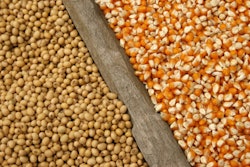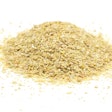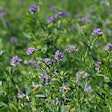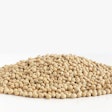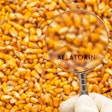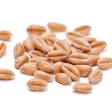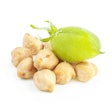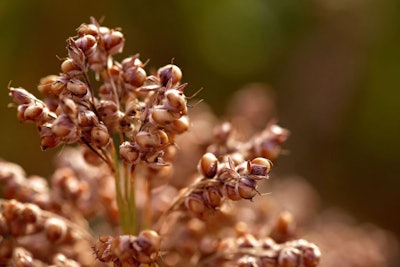
Modern US sorghum varieties have been bred to contain no appreciable levels of condensed tannins
Tannum is Latin for oak bark, which is a rich source of tannins used by tanners to tan animal skins in the process of converting them to leather – at least that is what the Merriam-Webster dictionary says. In brief, this describes the long relationship between humans and tannins.
We also experience the astringent presence of tannins, even without our immediate knowledge, daily in our tea, cocoa, wine, and also occasionally in grapes and chestnuts. In essence, tannins abound in nature, and they have strong antioxidant properties, like many other phenolic polymers. Lately, they have been found to possess anti-inflammatory and, according to some claims, anti-cancer properties, but that is a story about human health nutrition aspects.
In animal nutrition, tannins have been associated mainly with sorghum, although they exist in other grains as well (for example, in barley). Original sorghum, especially of African origin, contains a considerable concentration of tannins as a deterrent against birds, which love the small, round, colorful seeds rich in starch and protein. However, modern hybrid varieties of sorghum, especially those used as feed grain in the U.S., contain virtually no tannins, or rather very low levels of tannins to the point they no longer cause any trouble to animals. This has been the result of a collaborative effort between all interested parties in the U.S., resulting in low-tannin sorghum varieties through traditional seed breeding (non-GMO).
It is interesting to mention that there are three types of tannins in nature: hydrolyzable tannins that dissolve in water and cause no problems in animal nutrition; condensed tannins, which are the ones of interest to the animal feed industry; and phlorotannins that are found in algae – and can be the topic of a future blog. Condensed tannins have strong astringenic properties (another word of Latin origin meaning “to bind fast”). Astringency refers to the binding of condensed tannins to proteins in feed, reducing thus overall dietary protein digestibility and absorption of amino acids. Thus, condensed tannins are considered a significant anti-nutritional factor.
Luckily, thermal processing can destroy the negative aspects of tannins. The higher the temperature, the higher the reduction of astringency. Proteins, however, are also affected negatively by high thermal processing temperatures, and thus complete elimination of condensed tannins is not possible. In addition, it is not always financially viable to treat grains under high temperatures, especially when energy cost is high.
On the other hand, some minimal levels of condensed tannins may be considered beneficial in ruminant species as they may alter the rumen microbiome and reduce the rate of protein degradation by microorganisms. Hydrolyzable tannins are also promoted in feeds for monogastric animals as antioxidants and immune system boosters. All these claims are rather fresh and require further research and field work, but they remain nevertheless an interesting development for an otherwise difficult compound with a bad reputation.
In general, tannins cannot be grouped and condemned under a single term. Condensed tannins at high concentrations are still a significant anti-nutritional factor and they should be avoided. Luckily, modern U.S. sorghum varieties have been bred to contain no appreciable levels of condensed tannins. Hydrolyzable and seaweed tannins are a new frontier for animal nutrition.

